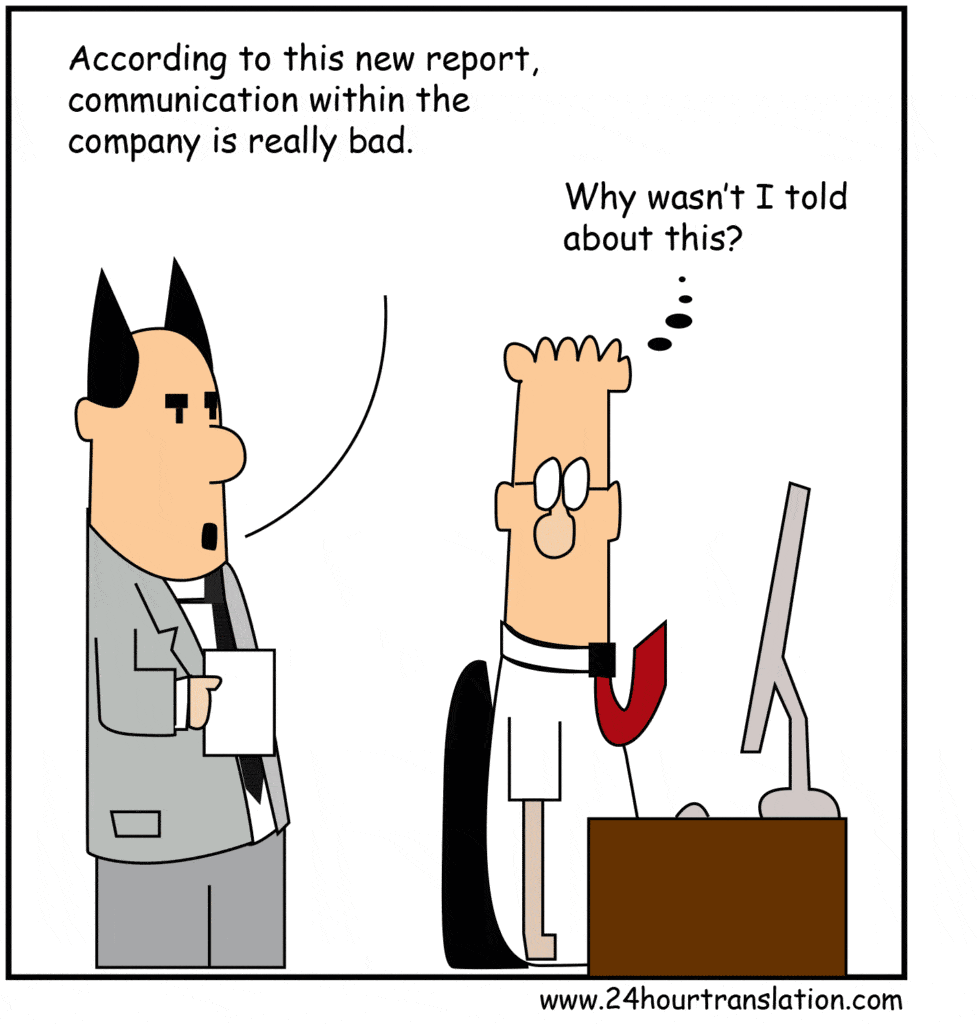When confronted with an international business problem, managers must craft communication strategies that tackle the problem while also being sensitive to the cultural, psychological and linguistic needs of everyone involved. To ensure success, follow this 5-step framework.
1. Identify and profile the audience.
2. Define a purpose for the communication.
3. Identify the information needed to support the purpose.
4. Identify motives that will drive the audience to listen to and support the position.
5. Imagine additional factors that could impact the intended result.
Preliminary Steps to Problem Solving
Prior to addressing a business problem, a manager should intentionally dedicate time to collecting information and building adequate knowledge about the problem. The best approach begins by outlining the facts of a situation and understanding the implications. In many cases, managers require information that isn’t immediately available. In such a case, they may need to conduct primary or secondary research to gather sufficient background to generate ideas and strategies to address the problem. Once they collect adequate information, they can brainstorm to generate an optimal solution.
Once the preliminary work has been completed to identify the best course of action, resources and attention can focus on following the 5-step framework.
Using the 5 Step Process
Here is some additional information for using the 5-step Framework.
1. Identify and profile the audience.
Understanding audience dynamics is essential for effective communication. Recognize and be respectful of cultural, linguistic, economic, educational and situational differences of your audience. Does everyone in the audience have the same level of familiarity with the situation, required technical knowledge and understanding of terminology to comprehend what is being communicated? Will they be receptive to the recommendation or will linguistic and cultural barriers exist that create barriers? Businesses like 24 Hour Translation Services can help companies with these types of questions. The communication strategy should also consider audience objections and be prepared to answer with effective responses.
2. Define a purpose for the communication.
Develop a statement to define the communication purpose. The communication purpose should define what the message needs to include and convey to achieve the goal. The purpose should clearly define all of the objectives and the intended response of the audience.
3. Identify the information needed to support the purpose.
Make a list of all items that need to be addressed. Once your draft is ready, go through it to ensure everything has been covered adequately. Take time to ensure that the information you present is accurate, timely, relevant and credible. When you need to de-emphasize information, mention it quickly in the middle of paragraph.
4. Determine what motives will drive the audience to listen and support the position.
It is not easy to capture and retain an audience’s attention and then motivate them to respond in a certain way. Because a message can be presented in different ways, finding the optimal strategy to motivate an audience may require brainstorming with others. In brainstorming sessions, make a critical assessment of the logic behind each argument, the receptiveness of the audience to the ideas presented and the benefits that the audience will receive by taking a particular action. If the information comes across as boring, insincere and untrustworthy or if the audience fails to see a benefit, the message is likely to fail. Therefore, the message and benefits must be customized for each audience.
5. Imagine additional factors that could impact the intended result.
The effectiveness of communication can be influenced by latent and unplanned events and situations. Local holidays, economic events, weather conditions, political situations and other circumstances influencing business can all be limiting to communication goals. Try to imagine as many factors, both beneficial and detrimental, to your presentation and your purpose as you can, and then prepare reactions and solutions.


